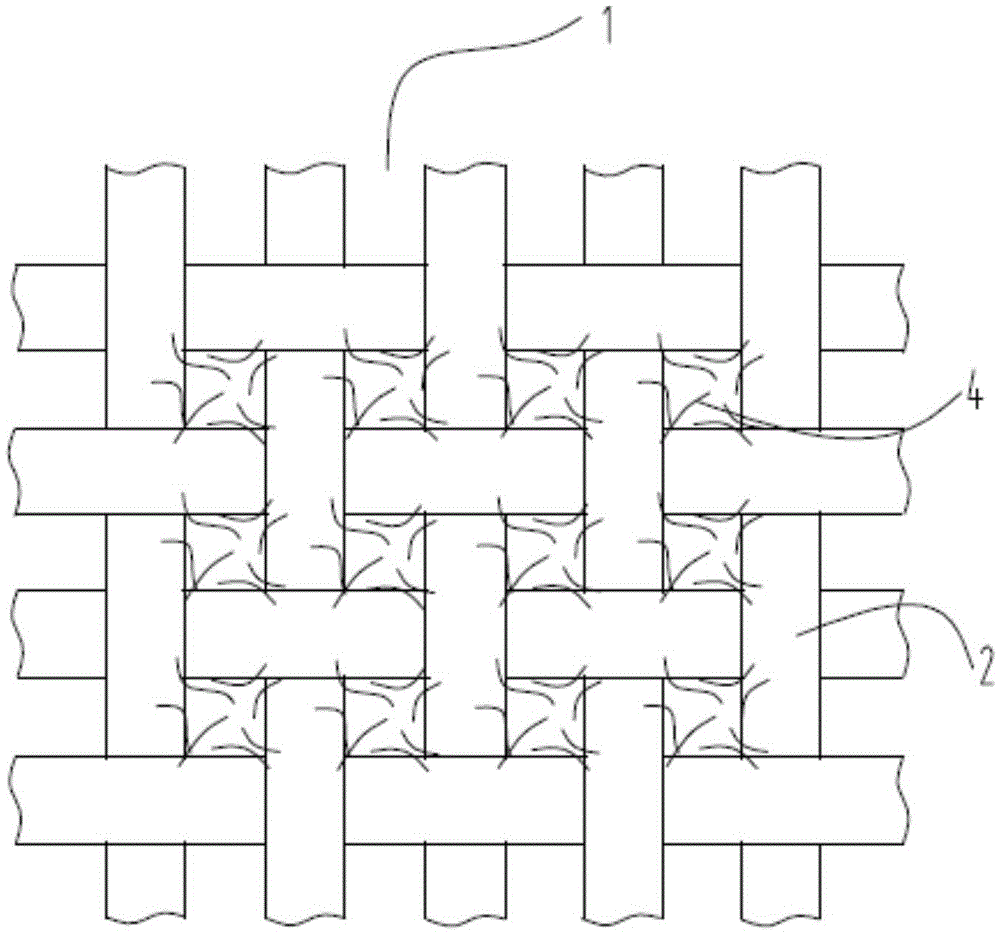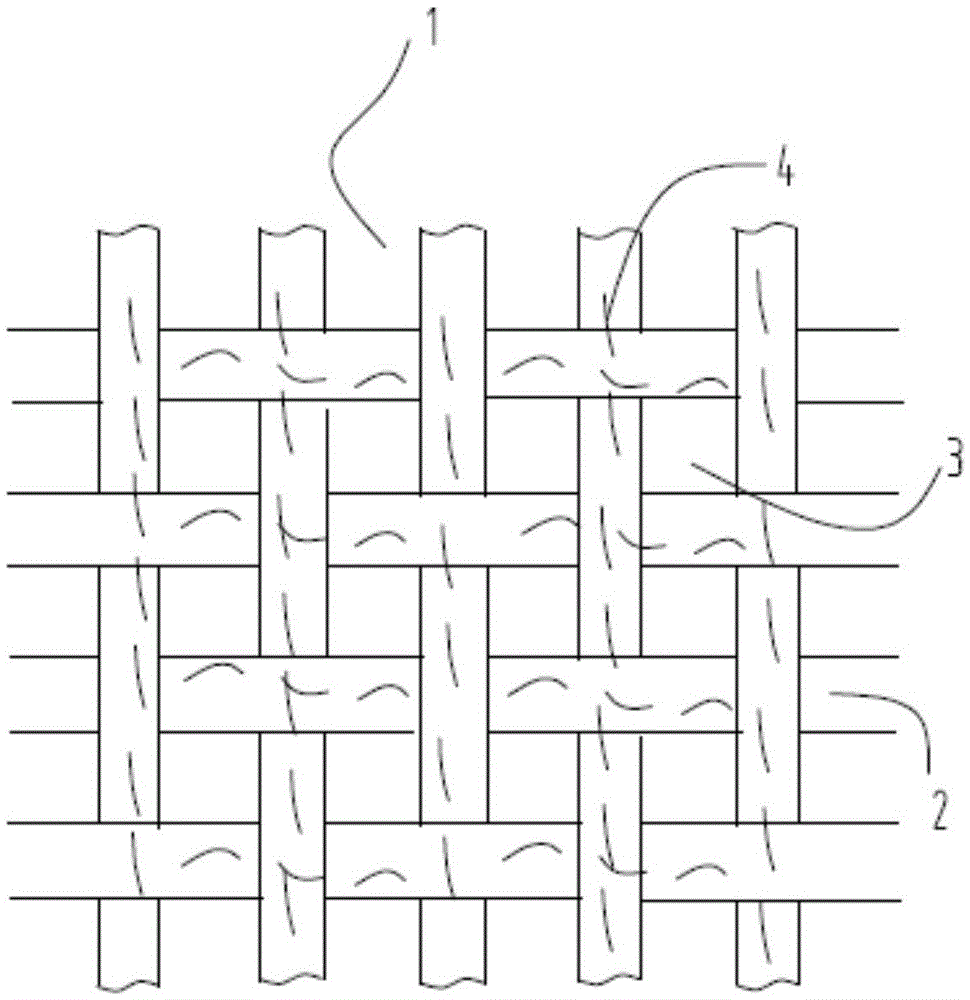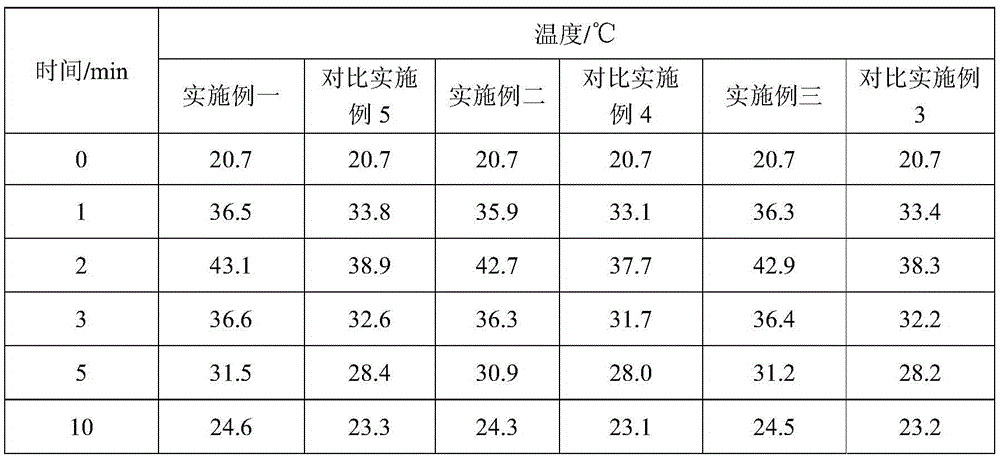Textile fabric
A technology for textile fabrics and fabrics, applied in the field of textile fabrics, can solve problems such as low efficiency, and achieve the effects of restoring thermal insulation performance, accelerating evaporation, and facilitating escape.
- Summary
- Abstract
- Description
- Claims
- Application Information
AI Technical Summary
Problems solved by technology
Method used
Image
Examples
Embodiment 1
[0020] figure 1 is a schematic diagram of the functional unit when it is not deformed, figure 2 It is a schematic diagram of the functional unit after being deformed by water. Such as figure 1 and figure 2 As shown, what this embodiment provides is a kind of textile fabric, and described textile fabric comprises a kind of functional unit 1; Described functional unit 1 comprises yarn 2 and pile 4, and described yarn 2 has 100T / m The number of twists; the yarn 2 and the pile 4 contain a functional textile fiber that generates heat and dehumidifies; the functional textile fiber that generates heat and dehumidifies includes 99.91% by weight of the total weight that can be reduced by water wetting The crimped fiber material and the nano unit accounting for 0.09% by weight of the total weight; the crimped fiber material is composed of polyester resin components and polyamide resin components with different elongation and crimping ratios when absorbing water; the ratio of 1:1 is...
Embodiment 2
[0025] The difference between Embodiment 2 and Embodiment 1 is that: the functional textile fibers that generate heat and dehumidify include 99.95% by weight of the total weight of crimped fiber materials that reduce the crimp rate through water wetting and 0.05% by weight of the total weight The nano-unit; the nano-unit includes 9000 nanometer particles, the micro-particles include 500 weight units of zinc, 350 weight units of aluminum and 350 weight units of iron; the yarn has a twist number of 200 T / m.
Embodiment 3
[0027] The difference between Embodiment 3 and Embodiment 1 is that: the functional textile fiber that generates heat and dehumidifies includes 99.93% by weight of the total weight of the crimped fiber material that reduces the crimp rate through water wetting and 0.07% by weight of the total weight The nano-unit; the nano-unit includes 8700 nanometer particles, the micro-particles include 400 weight units of zinc, 400 weight units of aluminum and 250 weight units of iron; the yarn has a twist number of 150 T / m.
PUM
| Property | Measurement | Unit |
|---|---|---|
| Number of twists | aaaaa | aaaaa |
| Number of twists | aaaaa | aaaaa |
| Number of twists | aaaaa | aaaaa |
Abstract
Description
Claims
Application Information
 Login to View More
Login to View More - R&D
- Intellectual Property
- Life Sciences
- Materials
- Tech Scout
- Unparalleled Data Quality
- Higher Quality Content
- 60% Fewer Hallucinations
Browse by: Latest US Patents, China's latest patents, Technical Efficacy Thesaurus, Application Domain, Technology Topic, Popular Technical Reports.
© 2025 PatSnap. All rights reserved.Legal|Privacy policy|Modern Slavery Act Transparency Statement|Sitemap|About US| Contact US: help@patsnap.com



